Affiliate links on Android Authority may earn us a commission. Learn more.
The best Google Pixel 6 alternatives: 6 phones to consider before you buy
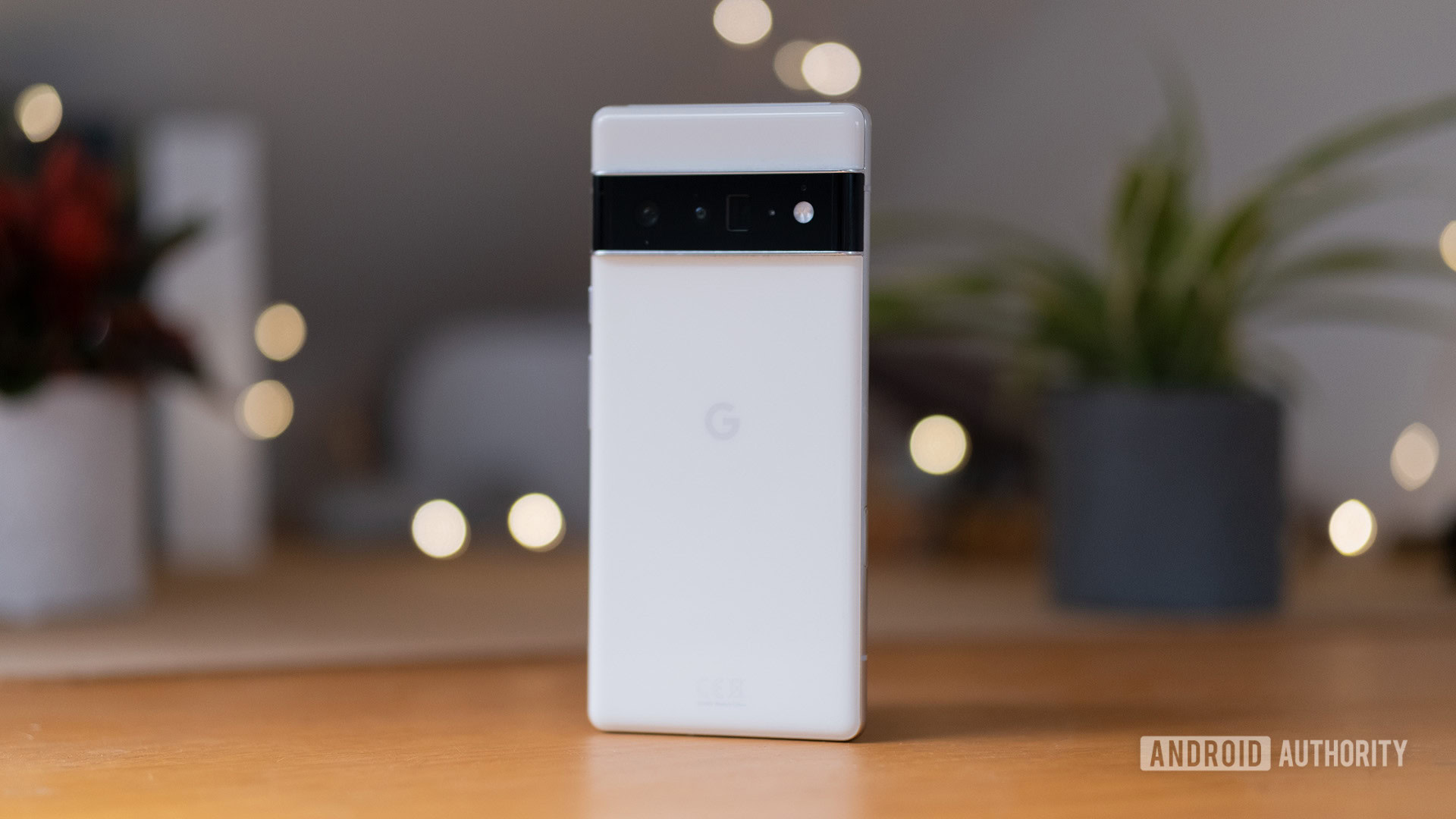
The Google Pixel 6 series is no longer the cutting edge now that Pixel 7 models are out, but that can make them a sweet deal. They’re not the only phones you should be considering, naturally — here’s our rundown of the best Google Pixel 6 alternatives.

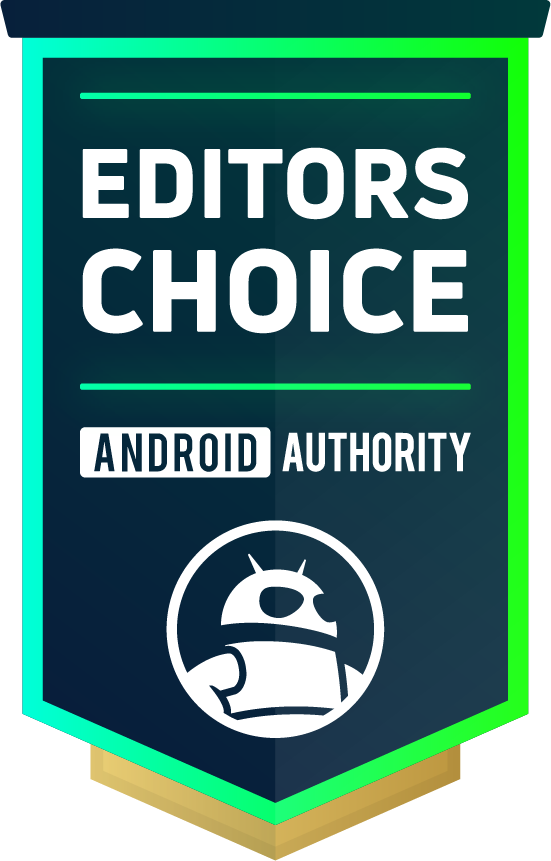

The best Google Pixel 6 alternatives
1. Samsung Galaxy S23 series
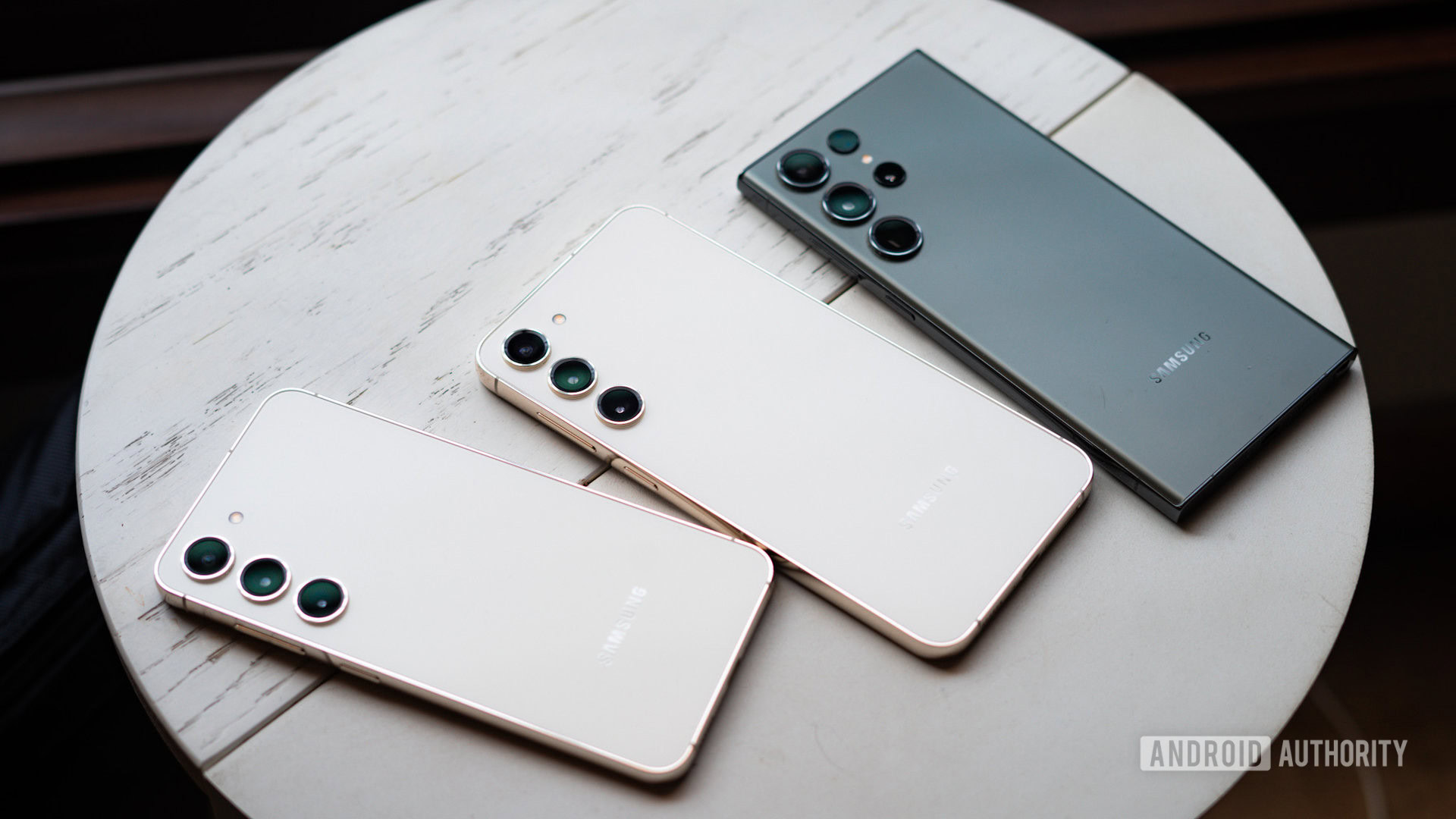
The Samsung Galaxy S23 series is one of the best Pixel 6 alternatives. The trio comes with Qualcomm’s Snapdragon 8 Gen 2 for Galaxy chipset, 120Hz OLED panels, wireless charging, water resistance, and 8K video recording. The S23 Ultra is also equipped with a 5,000mAh battery, QHD+ display, and a quad rear camera setup consisting of a 200MP primary shooter, a 12MP ultrawide lens, and a pair of telephoto cameras.
The standard Galaxy S23 is smaller than ever with a 3,900mAh battery, a 6.1-inch FHD+ screen, and a 50MP+12MP+10MP rear camera trio. The middle child is the Galaxy S23 Plus, and it shares the S23’s camera system but offers a 6.6-inch FHD+ screen and a 4,700mAh battery. So you won’t be short of choices if you want a recent Samsung flagship.
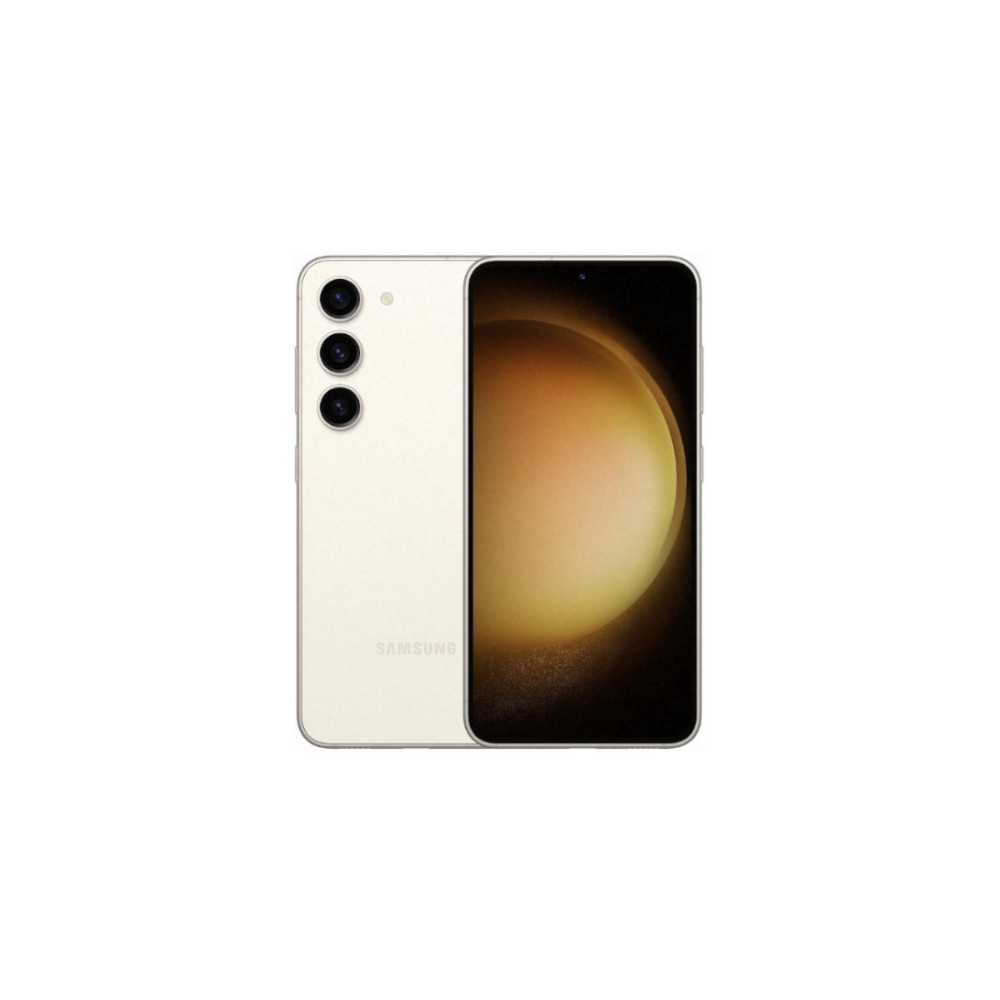



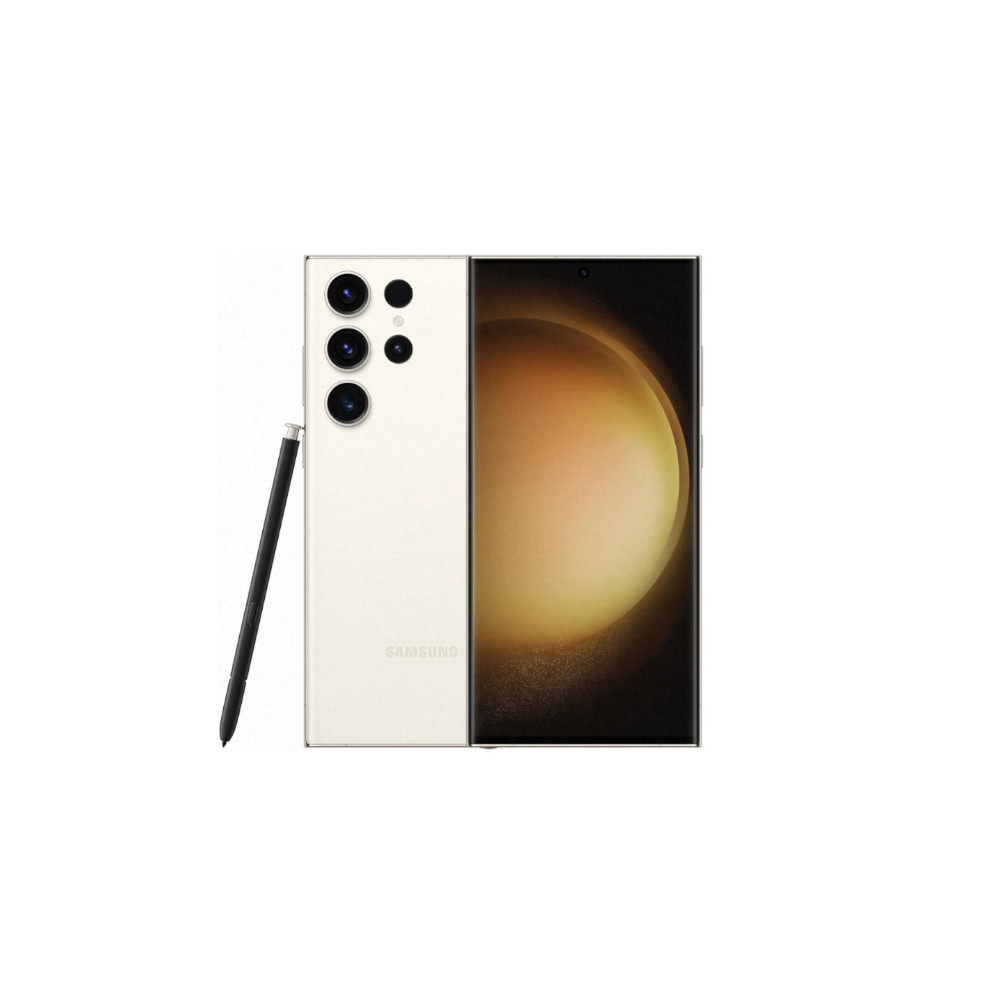

2. Google Pixel 7
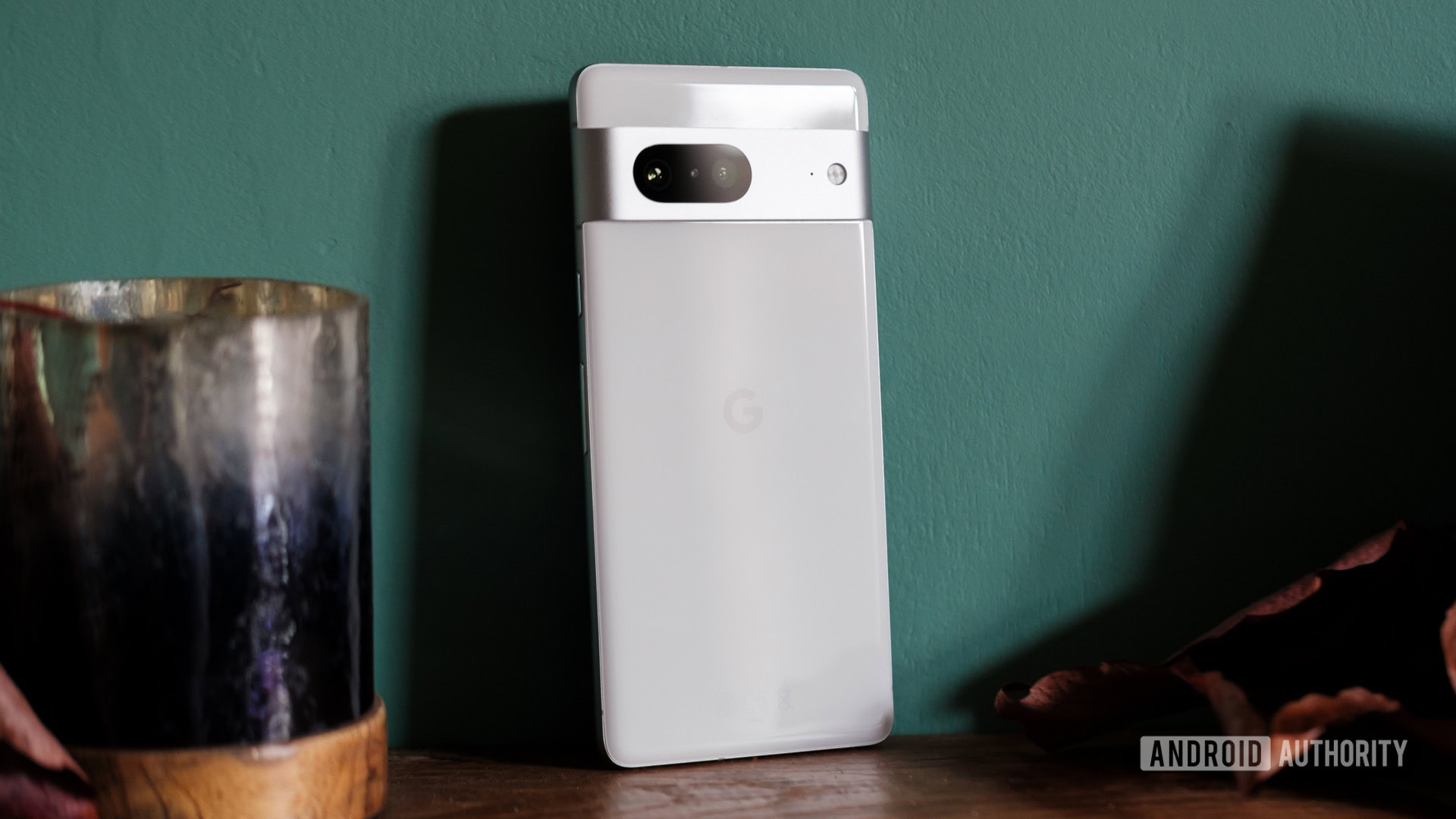
What better alternative to the Google Pixel 6 than its direct successor, the Pixel 7? We were thoroughly impressed with the phone in our Pixel 7 review, mostly because it picks up where the Pixel 6 left off. It has the next-generation Tensor G2 processor, plus even more camera goodness to improve your shots.
It does suffer from a few of the same drawbacks, like slow charging and fast heat build-up, but it’s still an improvement over the Pixel 6. We think the Pixel 7 is the best value you can get in the Android world, but if you want a telephoto camera and a larger screen, the Pixel 7 Pro is also a great pick.


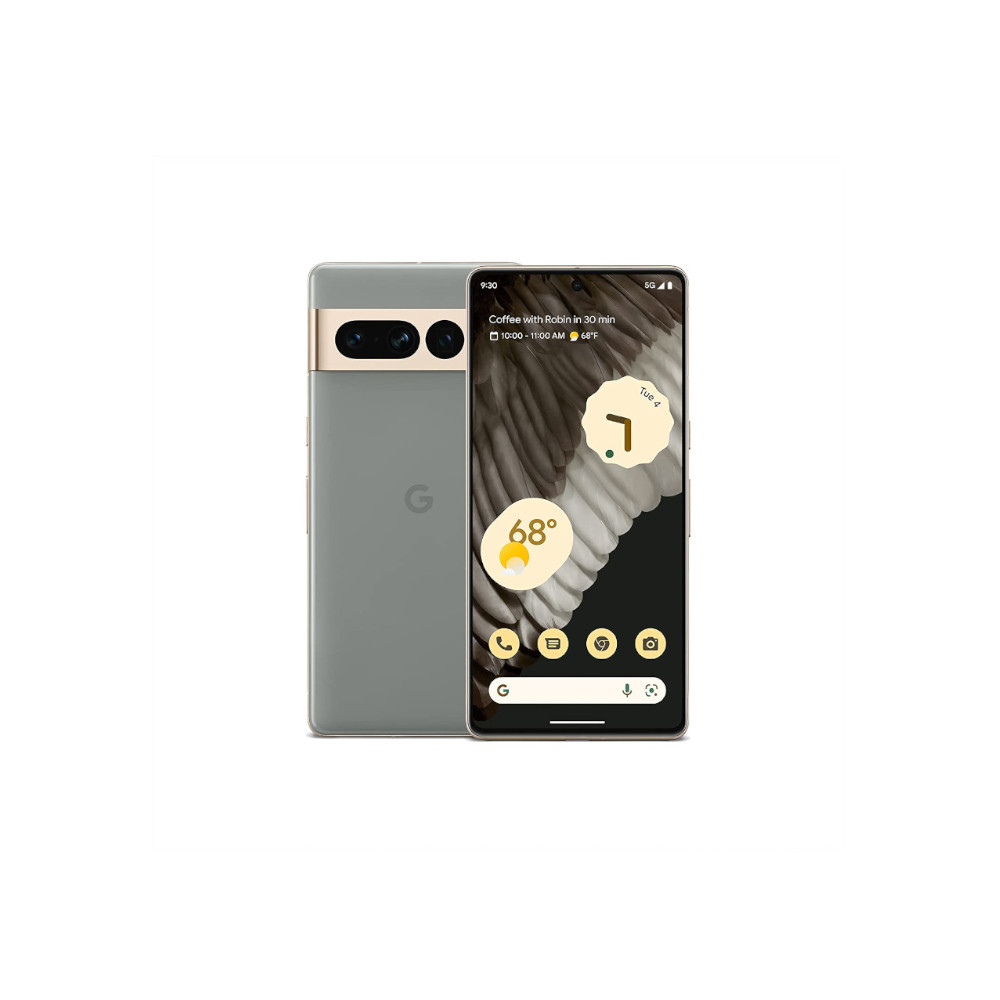

3. Apple iPhone 14 series
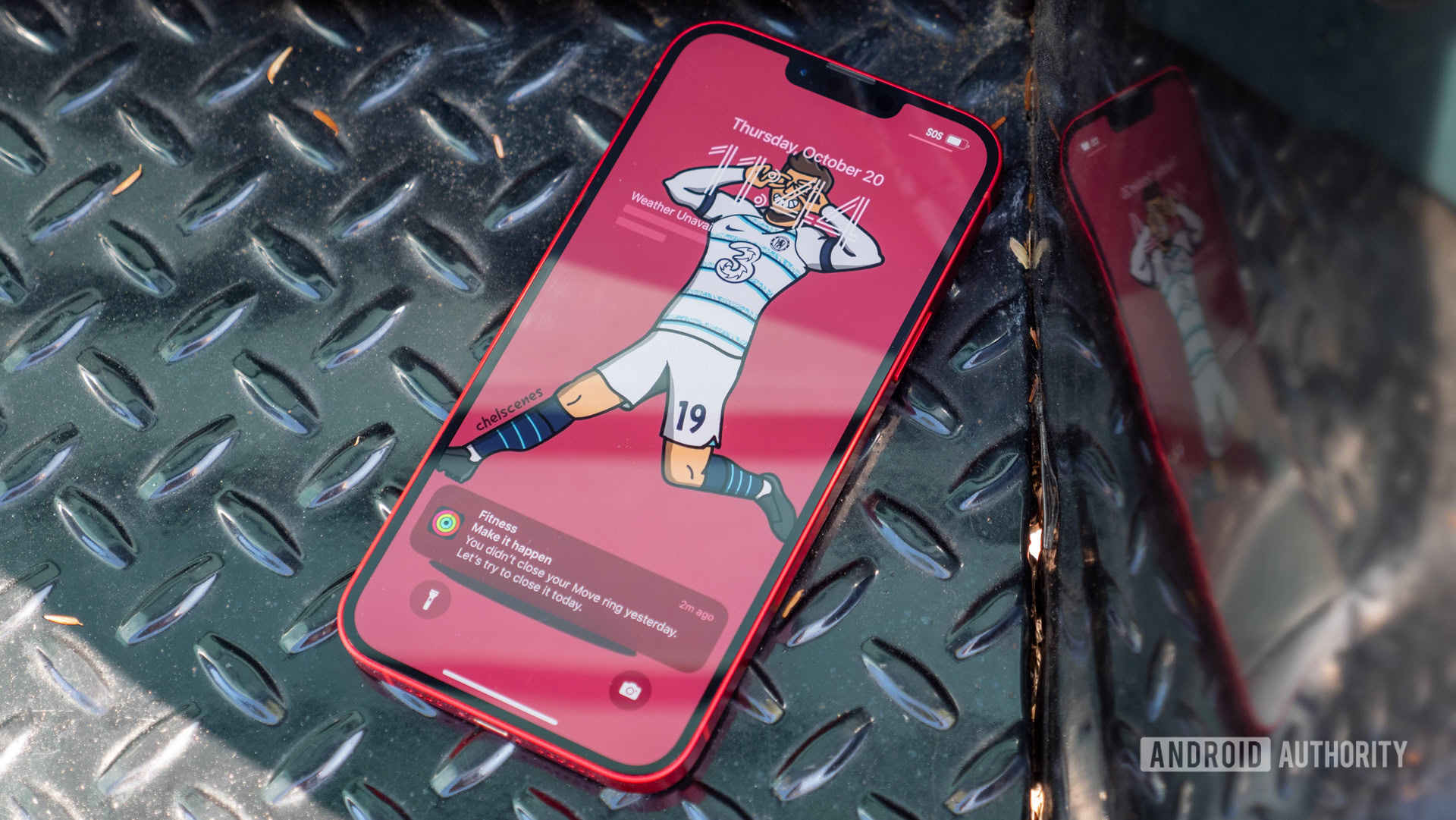
Apple’s latest iPhones are worth a look if you’re open to iOS and want a well-rounded flagship experience. One of the biggest perks is that these phones regularly get five or more years of software updates, ensuring that you’re running the latest iOS version years down the line.
The two base iPhone 14 models stick with Apple’s beefy A15 processor, wireless charging, and IP68 water/dust resistance. They’re not much different than the iPhone 13 apart from crash detection and satellite SOS, but the iPhone 14 Pro and Pro Max upgrade to an A16 chip and ditch a notch in favor of the Dynamic Island, which improves notifications and multitasking. Both Pro models also get the benefit of a 48MP main camera instead of Apple’s classic 12MP shooter. The 6.7-inch Pro Max is the best of the best, including not just a huge screen but a battery to match.
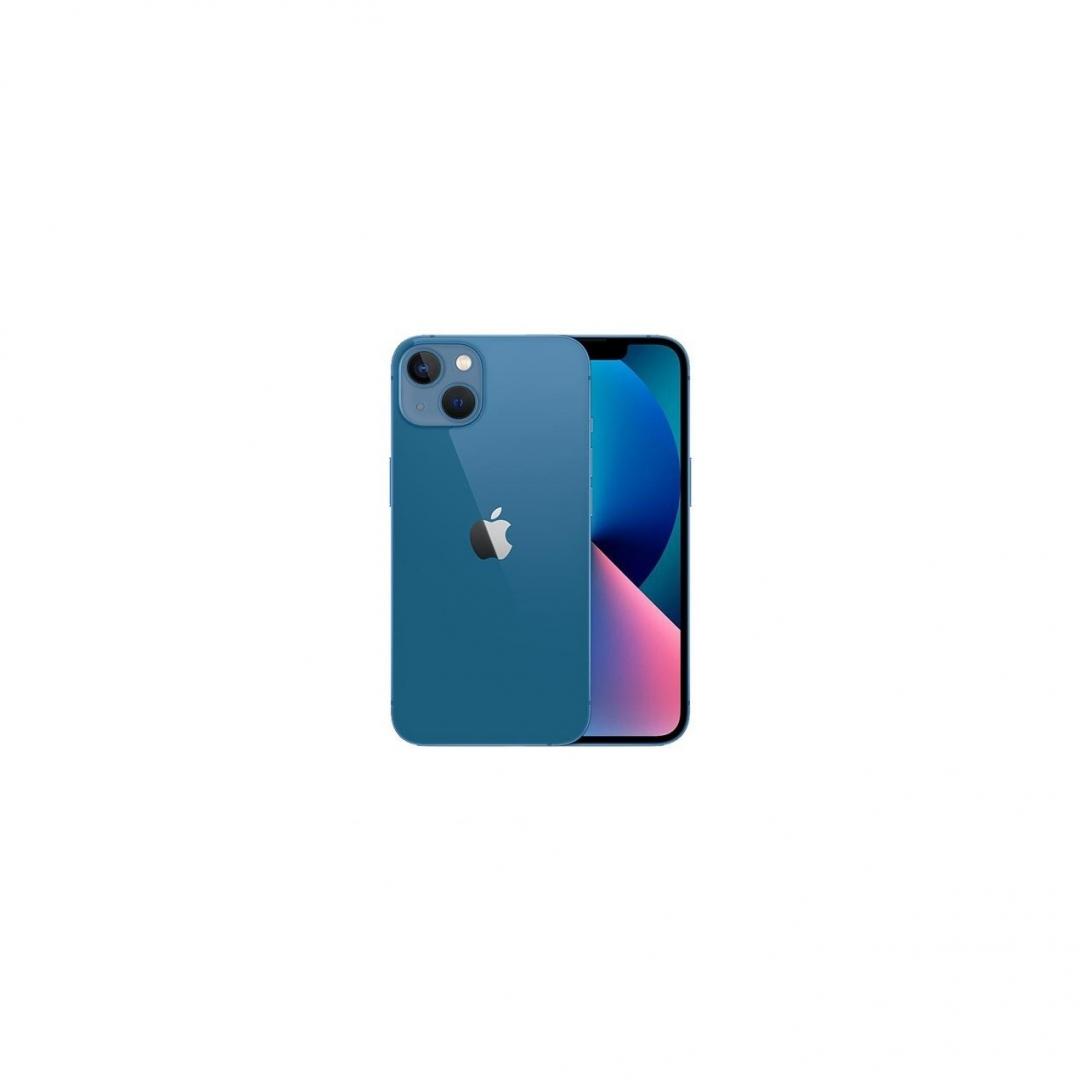

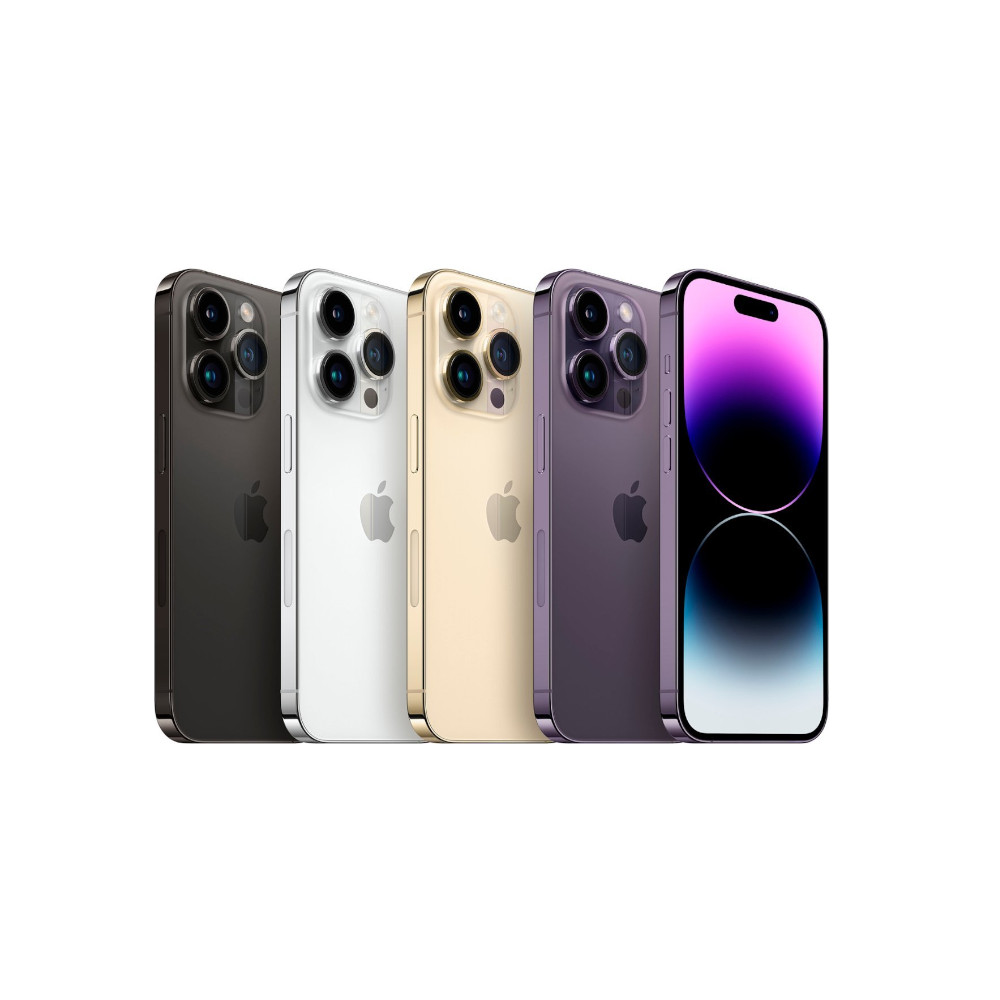


4. OnePlus 11
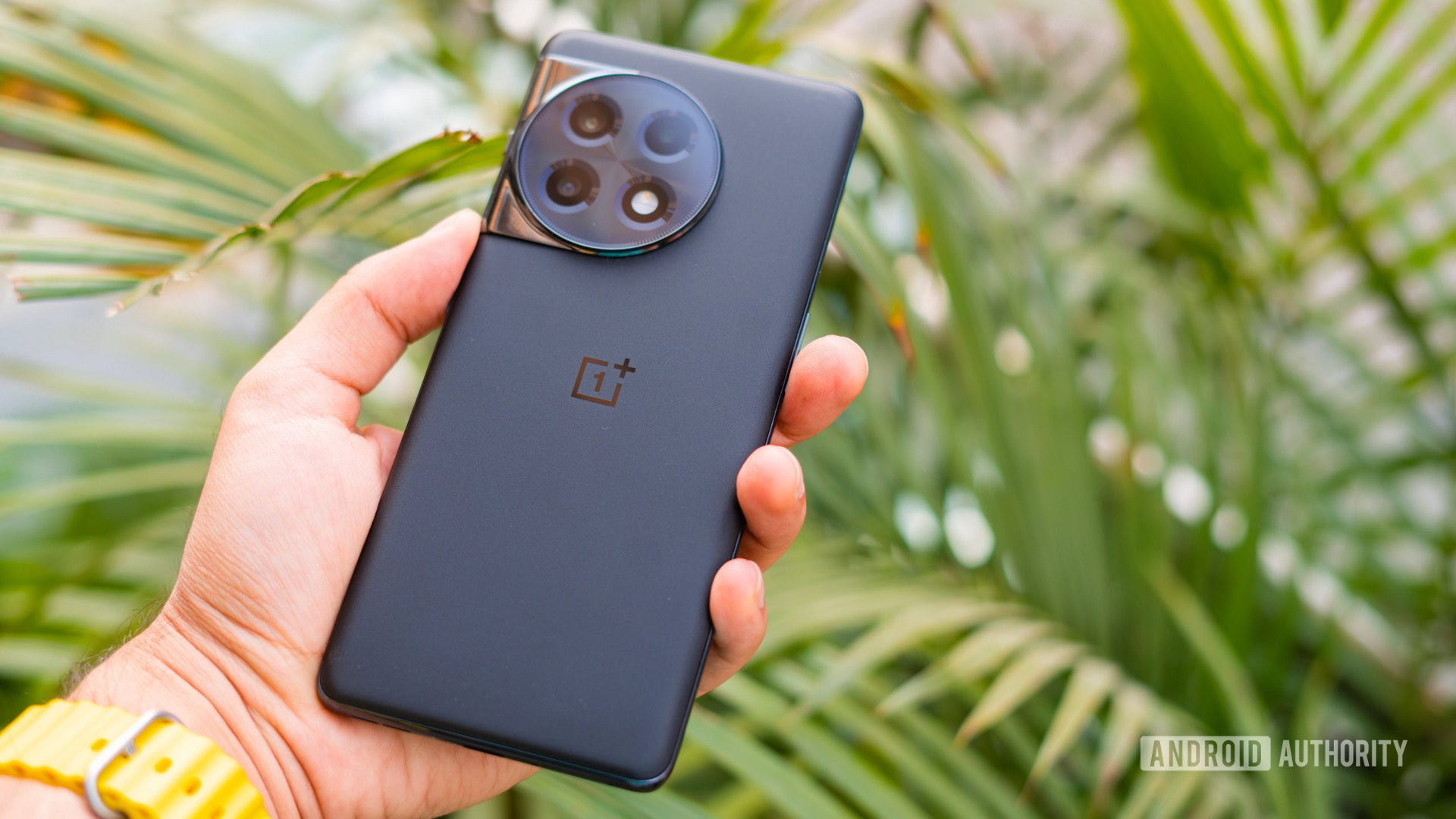
The OnePlus 11 fits squarely in the Pixel price bracket, and OnePlus seems to know what it’s up against.
The OnePlus 11 offers 80W wired charging in the US and 100W charging internationally. It runs on a Snapdragon 8 Gen 2 SoC with a 50MP primary camera, and offers up to 12GB of RAM, with an optional performance mode that tests the limits of what OnePlus can do.
Unfortunately, OnePlus is still content to offer a sub-par water resistance rating, calling IP54 good enough. Nevertheless, the OnePlus 11 is still worth considering as a Pixel 6 alternative — especially if you’re after raw power.

5. Google Pixel 7a
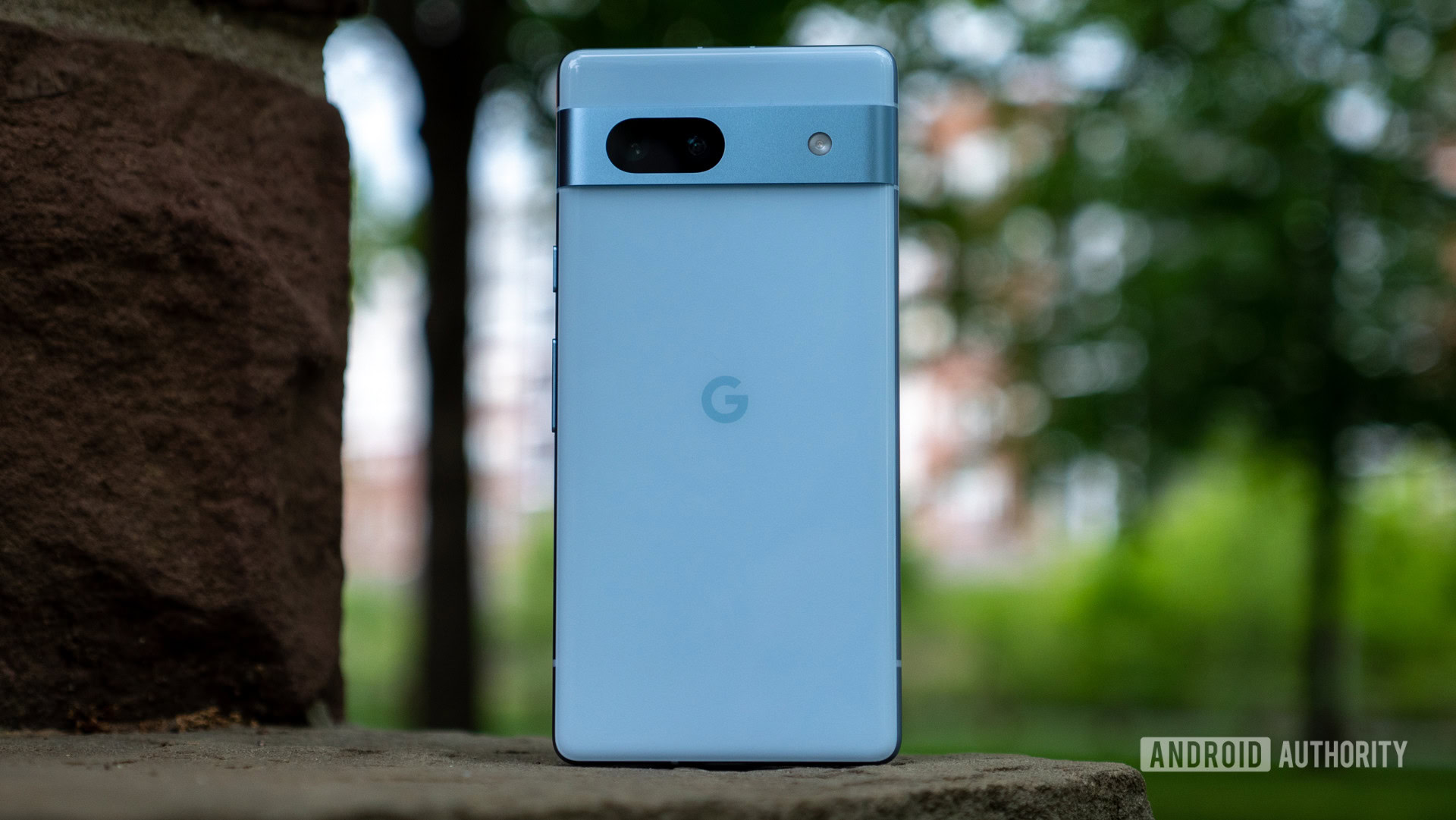
The Pixel 7a is Google’s latest budget alternative, and it doesn’t make too many compromises when compared to the Pixel 6. It features the same upgraded Tensor G2 chipset as the Pixel 7, and the camera hardware has finally been upgraded from the dated 12MP sensors of yesteryear. Now, it sports a 64MP main shooter and 13MP ultrawide lens for a bit more detail in your photos.
The screen has also received an upgrade to 90Hz, although battery life is limited, which means you may want to leave it at the default 60Hz. Either way, you’re getting the full suite of Google’s excellent camera software, including Magic Eraser, Real Tone, Face Unblur, and more. If you want to save even more money and don’t mind worse camera performance, the Pixel 6a is still available, and at $350, it’s one of the cheapest Pixel 6 alternatives you can buy.
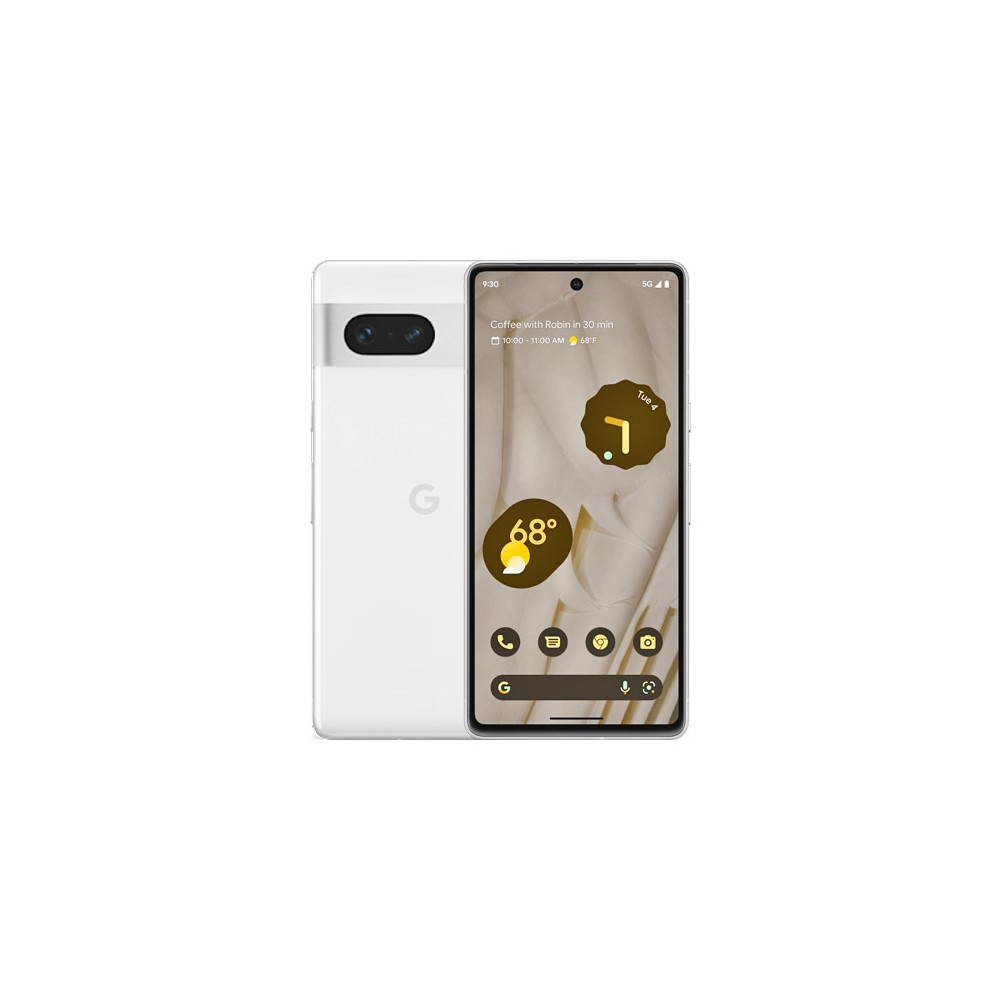

6. Sony Xperia 1 V
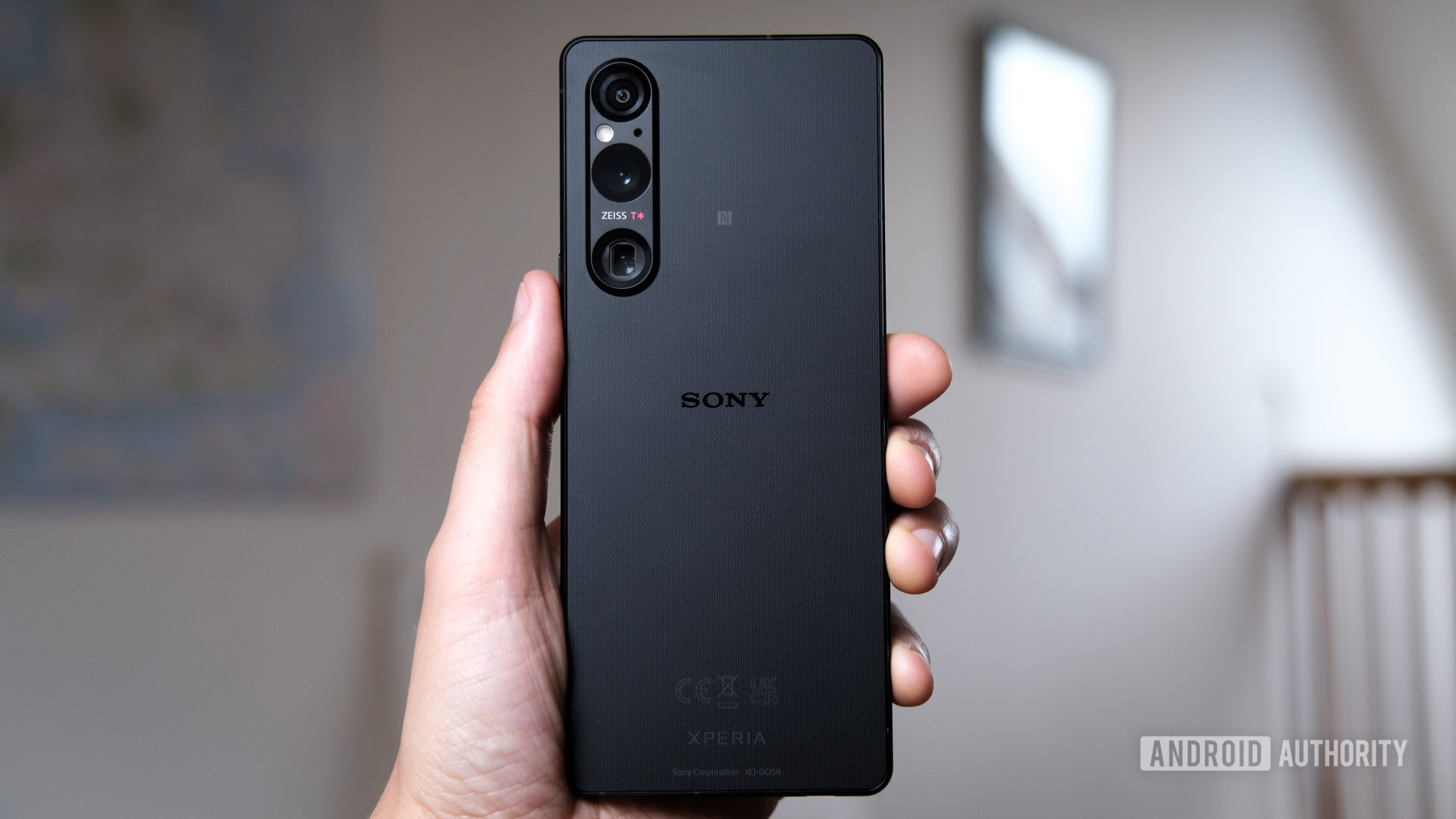
The Sony Xperia 1 V is perhaps the most premium Sony flagship to date, pulling almost no punches while hanging onto some classic features. You get a 6.5-inch, 120Hz 4K OLED screen, a 5,000mAh battery, 30W wired charging, wireless charging, and a water-resistant design. Sony’s phone also stands out by virtue of a 3.5mm audio port, which is increasingly hard to find on top-tier phones.
Switching to the camera side of things, the Xperia 1 V brings the heat there too. It upgrades from the familiar trio of 12MP lenses — one wide, one ultrawide, and one telephoto — swapping the primary camera for a 48MP sensor that’s permanently binned to 12MP. It’s a clever trick done in order to use the best elements of Sony’s sensor for both photos and video. You can even mount the phone to your trusty mirrorless setup to serve as an external monitor.
As an alternative, Sony offers the more compact Xperia 5 IV, trading a 6.5-inch 4K panel for a 6.1-inch FHD+ screen. It holds onto other premium features though, including wireless charging, a variable telephoto camera, and a 3.5mm connection.

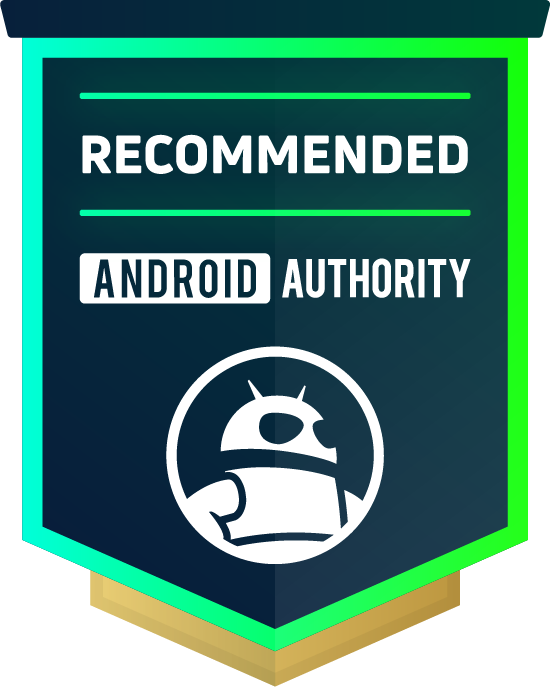
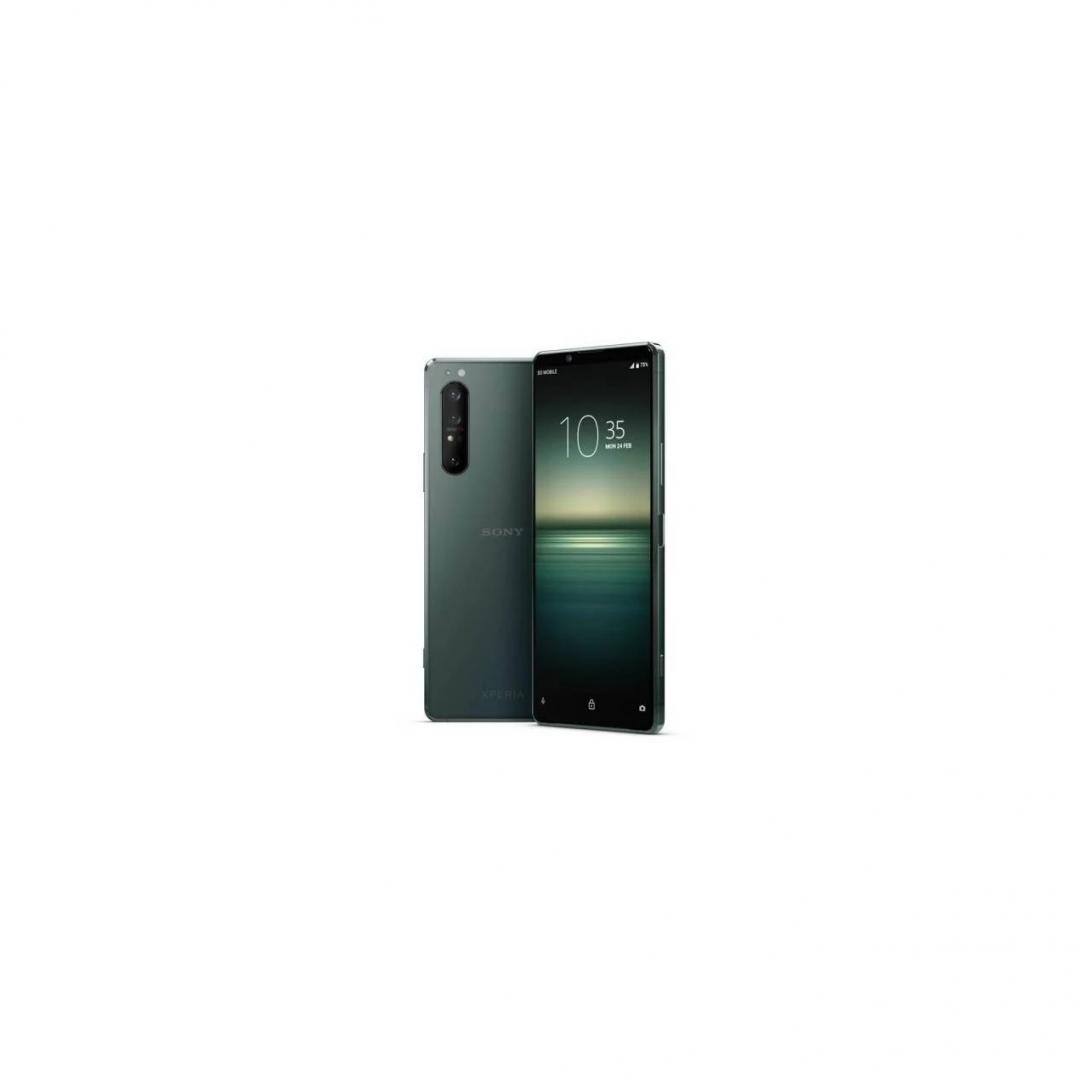

Google Pixel 6 alternatives: honorable mentions
- OPPO Find X6 Pro ($1298 at eBay): OPPO’s phone isn’t available in the US, but this is one of the most aesthetically pleasing 2023 flagships. The Find X6 Pro offers a Snapdragon 8 Gen 2 chipset, a 5,000mAh battery, and quick 100W wired charging. You’ve also got premium extras like an IP68 rating, 50W wireless charging, and a 120Hz QHD+ OLED screen. The phone also packs a trio of 50MP sensors to capture everything from ultrawide to telephoto snaps.
- Xiaomi 12 Pro (£1099.99 at Amazon): The Pixel 6 Pro is a high-end device, but Xiaomi has its own top-end flagship in the Xiaomi 13 Pro. The two phones share bright 120Hz QHD+ OLED screens, ~5,000mAh batteries, and 50MP primary cameras. However, Xiaomi’s phone also packs a Snapdragon 8 Gen 2 SoC, 120W wired charging, 50W wireless charging, and a 50MP ultrawide camera, and tips the scales on performance.